Dolmabahce Palace: Where Opulence Meets the Bosphorus
Dolmabahçe Palace stands as a magnificent testament to the opulence and grandeur of Turkey's imperial history.
Located on the European shore of the Bosphorus Strait in Istanbul, this architectural masterpiece is renowned for its exquisite design, ornate interiors, and stunning waterfront setting. With its blend of European and Ottoman architectural styles, the palace stands as a symbol of power, luxury, and artistic finesse.
History of Dolmabahçe Palace
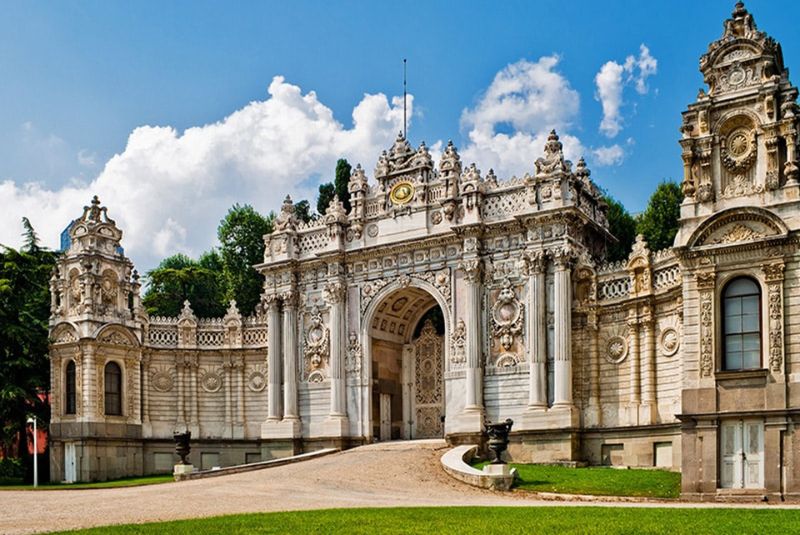
Dolmabahçe Palace's construction began in 1843 under the reign of Sultan Abdülmecid I, designed by architects Garabet Balyan and his son, Nigoğayos Balyan. The palace's architecture beautifully amalgamates various European styles, prominently featuring Baroque, Neoclassical, and Ottoman elements. Its facade boasts an imposing structure adorned with a majestic central dome, colossal gates, and intricate ornamentation, showcasing the elegance and grandiosity of the era.
Upon its completion in 1856, Dolmabahçe Palace assumed the role of the administrative center, supplanting the Topkapi Palace. It served as the primary residence for the Ottoman sultans during their reigns and hosted significant state affairs, diplomatic receptions, and ceremonies. The palace symbolized the empire's aspirations for modernization, reflecting the shift in political and cultural paradigms during the 19th century.
- Treaty of Sevres (1920): Dolmabahçe Palace witnessed the signing of the Treaty of Sevres, marking the end of World War I and the dissolution of the Ottoman Empire. This treaty, however, was later superseded by the Treaty of Lausanne in 1923, which led to the establishment of the Republic of Turkey.
- Mustafa Kemal Atatürk: Atatürk, the revered founder of modern Turkey, spent his final days at Dolmabahçe Palace. He stayed in the palace during his medical treatment, and it was here that he passed away on November 10, 1938. His room remains preserved as a memorial, drawing visitors who wish to pay homage to his legacy.
- Historical Figures: The palace hosted various dignitaries, including foreign diplomats, royalty, and prominent figures of the time, leaving behind a tapestry of historical encounters and diplomatic negotiations that significantly impacted the course of history.
Dolmabahçe Palace Location and Surroundings
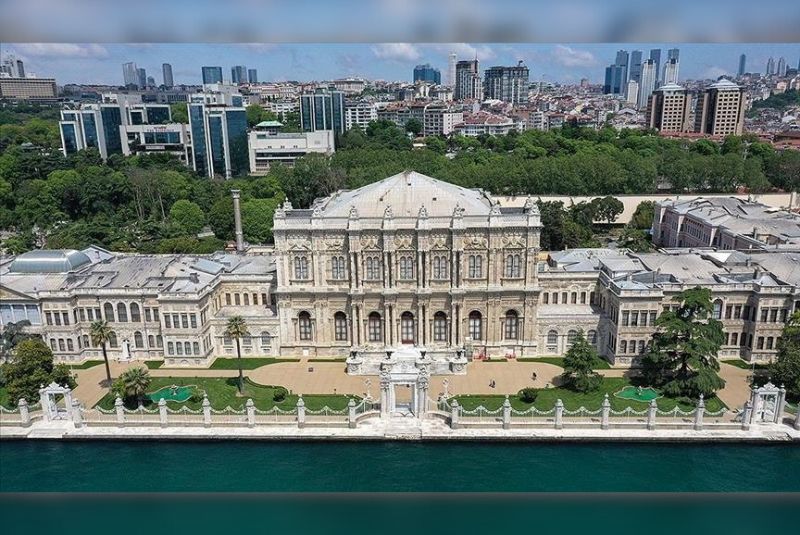
Dolmabahçe Palace is situated in the Beşiktaş district on the European shoreline of Istanbul, Turkey. Its strategic location offers a commanding view of the Bosphorus Strait, contributing to its allure and prominence.
The Bosphorus view from Dolmabahçe Palace is nothing short of spectacular. The strait serves as a vital waterway, dividing the city between Europe and Asia, and its majestic beauty captivates visitors. The panoramic scenery of passing boats, majestic bridges, and the juxtaposition of ancient and modern architecture along the shores accentuates the allure of the palace. Sunset or sunrise at Dolmabahçe offers breathtaking moments, adding to the charm of the site.
Dolmabahçe Palace Architecture and Design
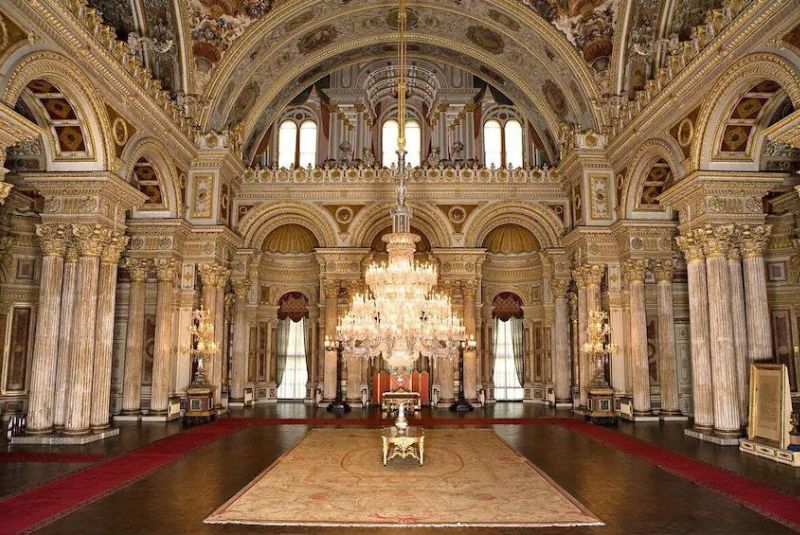
Dolmabahçe Palace's architecture is an exquisite blend of European and Ottoman styles, reflecting the transitional period of the Ottoman Empire. Its facade boasts a symmetrical layout, featuring colossal gates, impressive domes, and ornate balconies. The palace's exterior is adorned with intricate carvings, majestic columns, and decorative elements that highlight its grandeur and sophistication.
The palace is embellished with luxurious decorations, including intricate marble work, elaborate silk draperies, hand-painted ceilings, and intricate woodwork, showcasing the craftsmanship of skilled artisans of the era.

The central structure comprises three main sections: the Selamlik (men's quarters), the Haremlik (women's quarters), and the Ceremonial Hall, each exhibiting distinct architectural elements contributing to the overall splendor of the palace.
- The Main Ceremonial Hall (Merasim Salonu): This awe-inspiring chamber, the largest in the palace, will leave you speechless. Its soaring ceiling reaches 56 feet, adorned with intricate gold leaf and glittering chandeliers. The centerpiece is a mammoth Bohemian crystal chandelier weighing a staggering 4.5 tons – imagine the soft tinkling of crystal as light dances through its facets. Beneath your feet, a hand-woven Hereke carpet, the largest in the world, stretches out like a vibrant, silken tapestry. In this hall, sultans received foreign ambassadors and hosted lavish festivities, and you can almost feel the echoes of history as you stand amidst its splendor.
- Muzika Salonu (Music Hall): Featuring a stage draped in crimson velvet and intricate gold ornamentation, this hall hosted musical performances and theatrical presentations for the Sultan and his guests.
- Müsaade Salonu (Audience Hall): This hall, adorned with a magnificent ceiling mural depicting celestial bodies, was where foreign ambassadors presented their credentials to the Sultan.
- Crystal Staircase: Leading to the Ceremonial Hall, the Crystal Staircase captivates visitors with its grandeur. Adorned with Baccarat crystal balustrades, this ornate staircase is a marvel of craftsmanship and elegance, complementing the lavishness of the hall it leads to.
- Mustafa Kemal Atatürk's Room: Preserved as a memorial, this room holds immense historical significance as the place where Mustafa Kemal Atatürk, the founder of modern Turkey, spent his final days. Visitors can explore this room, which remains unchanged since Atatürk's time, offering a poignant glimpse into the life and legacy of the revered leader.
- Throne Room and Presidential Suite: These rooms exhibit lavish furnishings, gilded decorations, and intricate details, reflecting the palace's regal atmosphere and historical importance.
- Mabeyn-i Hümayun Gardens: The palace is surrounded by stunning gardens featuring meticulously manicured lawns, vibrant flowerbeds, and ornate landscaping, providing a serene escape amidst the urban setting. The gardens offer visitors a relaxing stroll while enjoying the picturesque views of the Bosphorus.
- Mermer Havuz (Marble Fountain): This grandiose fountain, carved from white marble and adorned with gilded statues, stands as a testament to Ottoman artistry and engineering.
- The Harem: Though currently closed to the public, the harem remains an intriguing part of the palace's history. This secluded section housed the sultan's wives, concubines, and children, and its ornate pavilions and lush gardens whispered of veiled secrets and whispered conversations.
- Clock Tower: The clock tower, situated at the entrance of Dolmabahçe Palace, is a prominent landmark known for its architectural beauty and historical significance. Its intricate design and imposing structure contribute to the overall allure of the palace grounds.
Dolmabahçe Palace Nearby Attractions
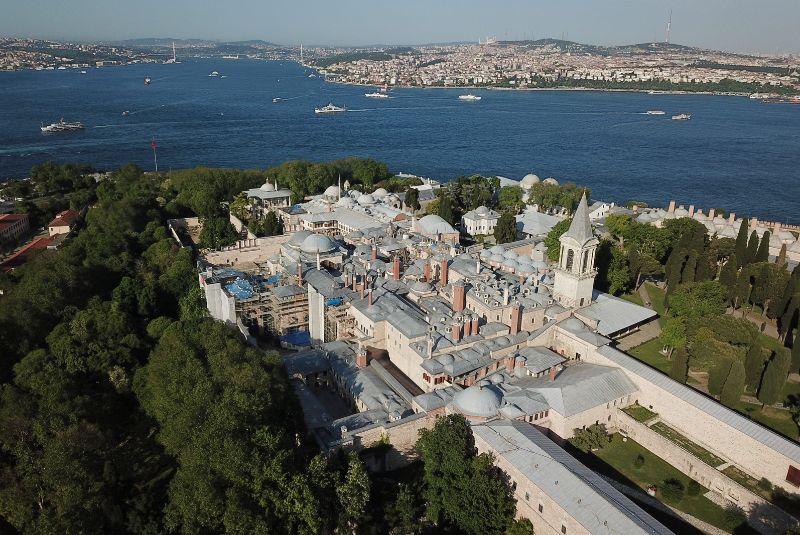
Once the awe of Dolmabahce Palace subsides, your Istanbul adventure awaits! Here are some captivating options to enrich your stay:
- Beşiktaş Square: Adjacent to the palace, this bustling square offers various cafes, restaurants, and shops, providing visitors with a vibrant atmosphere to explore before or after their palace visit.
- Ortaköy Mosque: Located nearby, this iconic 19th-century mosque stands as an architectural gem with its unique design and stunning views of the Bosphorus.
- Bosphorus Cruise: Visitors can embark on a boat tour along the Bosphorus Strait, departing from nearby piers, to enjoy a scenic journey passing historical landmarks, lavish waterfront mansions, and picturesque landscapes.
- Istanbul Naval Museum: Situated in Beşiktaş, this museum showcases Turkey's maritime history with a diverse collection of naval artifacts, ships, and exhibits.
- Çırağan Palace: Not far from Dolmabahçe, Çırağan Palace is another opulent former imperial residence, now a luxurious hotel, offering a glimpse into Ottoman-era extravagance.
- Topkapi Palace: Discover the ancient seat of Ottoman power, a sprawling complex housing opulent treasure chambers, serene courtyards, and the Hagia Sophia Museum, once a Byzantine church and now a breathtaking architectural marvel.
- Yildiz Palace: Explore the Ottoman sultans' summer retreat, with its lush gardens, opulent pavilions, and panoramic views of the city.
- Süleymaniye Mosque: Witness the architectural genius of Mimar Sinan at this majestic mosque, its dome dominating the city skyline and its serene prayer halls filled with intricate tilework and calligraphic inscriptions.
- Grand Bazaar: Lose yourself in the labyrinthine alleyways of this iconic covered market, where over 4,000 shops tempt you with carpets, jewelry, spices, handicrafts, and more. Hone your bargaining skills and immerse yourself in the vibrant hum of haggling traders and delighted shoppers.
- Spice Bazaar: Awaken your senses in this colorful bazaar bursting with vibrant spices, dried fruits, nuts, and herbal remedies. Sample Turkish delight, inhale the exotic scents of saffron and cinnamon, and marvel at the towering stacks of colorful peppers and glistening mounds of spices.
Dolmabahce Palace Visitor Information
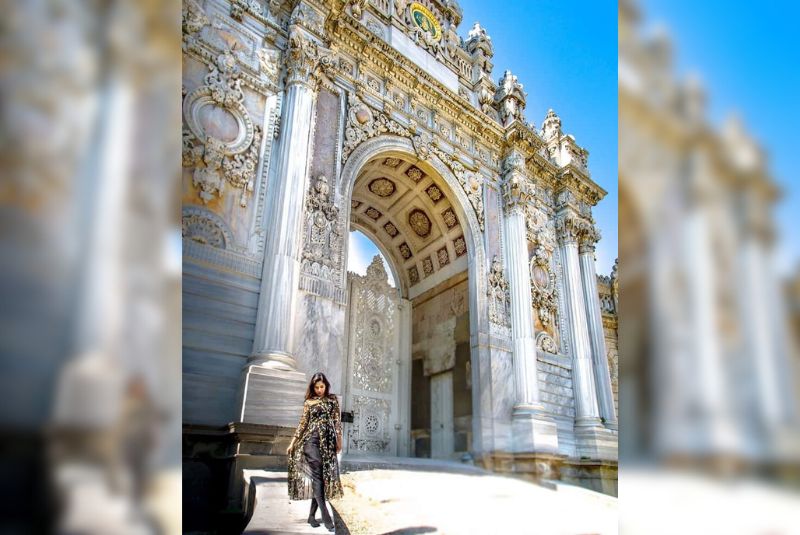
- The palace is open from 9:00 AM to 6:00 PM (closed on Mondays).
- Tickets are available for purchase online or at the entrance.
- Separate ticket options are available for the Selamlık (Ceremonial Wing) and the Harem.
- Guided tours are available in various languages and offer a deeper insight into the palace's history and architecture.
- The palace is wheelchair accessible, with elevators and ramps available in most areas.
- Arrive early to avoid crowds, especially during peak season.
- Consider purchasing a combined ticket for the Selamlık and the Harem to experience the full scope of the palace.
- Comfortable shoes are recommended as the palace grounds are vast.
- Allow at least 2-3 hours to explore the palace properly.
Suggested Itinerary
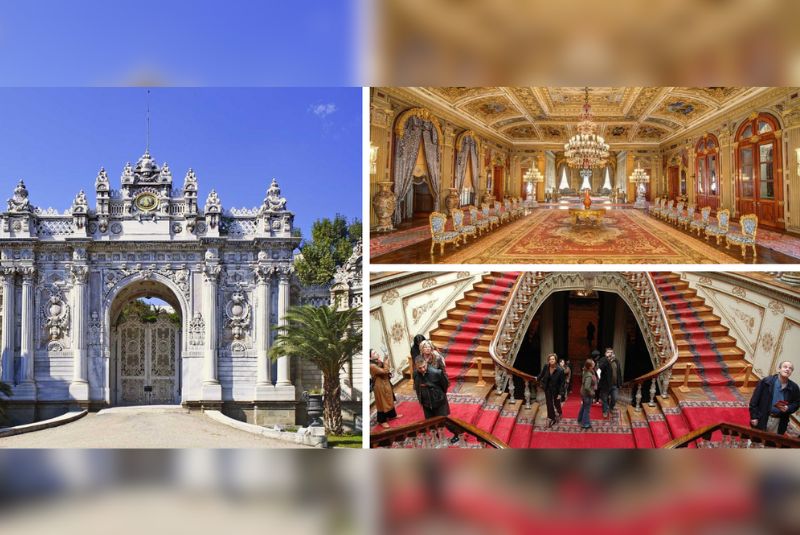
- Ascend the Crystal Staircase, capturing breathtaking photos and admiring the intricate craftsmanship.
- Explore the Mabeyn-i Hümayun Gardens, enjoying a moment of tranquility amidst the city's bustle.
- If time permits, visit the Harem for a fascinating glimpse into Ottoman domestic life and architectural nuances.
- Finish your visit at the Dolmabahçe Clock Tower, soaking in panoramic views of the Bosphorus and the city skyline.
Where to Eat and What to Feast On
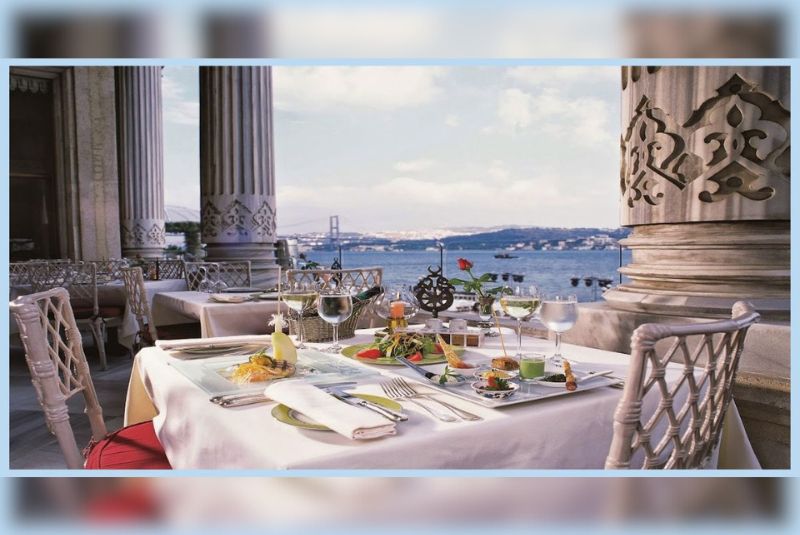
From mouthwatering street food to fine dining with breathtaking views, the city offers an unforgettable feast for your senses:
- Döner Kebab
- Midye Dolma
- Simit
- Kumpir
- Baklava
- Lokum
- Turkish Coffee
Restaurant Recommendations:
- Nusr-Et
- Hamdi Restaurant
- Çiya Sofrası
- Nicole
Best Time to Visit Dolmabahce Palace
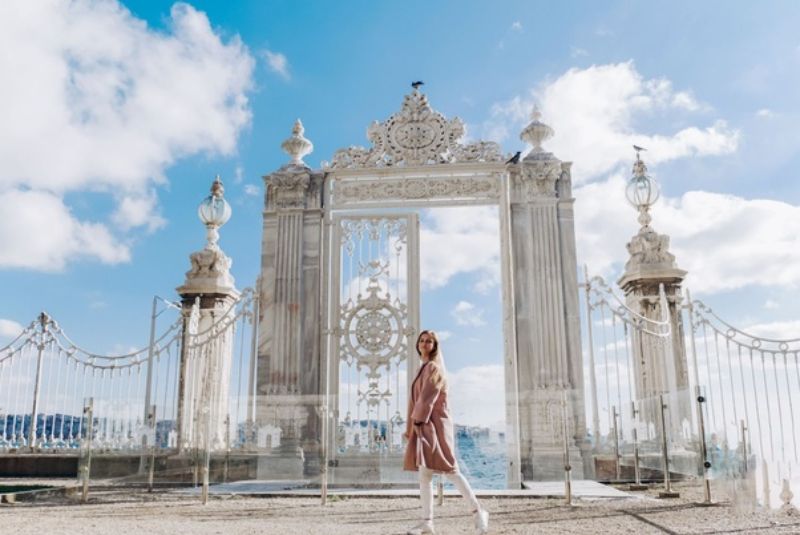
Choosing the best time to visit Dolmabahce Palace depends on what you prioritize in your experience:
- April-May and September-October: These shoulder seasons offer delightful temperatures (62-77°F/16-25°C) and smaller crowds compared to peak summer. You can comfortably explore the palace without feeling overwhelmed and enjoy the beautiful Bosphorus scenery.
- March-April and November-December: During these shoulder seasons, tourist numbers are low, leading to shorter wait times and more personalized experiences. Additionally, hotels often offer discounted rates, making your trip more budget-friendly. However, be prepared for cooler temperatures (50-62°F/10-16°C) and the possibility of rain, especially in November and December.
- October-February: While the off-season boasts the least crowded conditions and potential deals, it also comes with the coldest weather (40-50°F/4-10°C) and possible rain and snow. Some areas within the palace, like the harem, may have limited operation during this time.

Final Takeaway
Dolmabahce Palace isn't just a museum; it's a portal to a bygone era of Ottoman opulence. As you wander through its gilded halls, climb crystal staircases, and lose yourself in the labyrinthine Harem, history comes alive. It's a place where sultans held court, foreign dignitaries were impressed, and dreams were woven into stone and crystal.
Start planning your adventure today. Whether you seek opulence, history, or cultural immersion, Dolmabahce Palace and the bustling city of Istanbul await. Pack your sense of wonder, lace up your walking shoes, and prepare to be enchanted by the jewel on the Bosphorus.
Share your story!
Comment below and let us know about your Experience.
Your story inspires others!
Comment
Leave a Comment